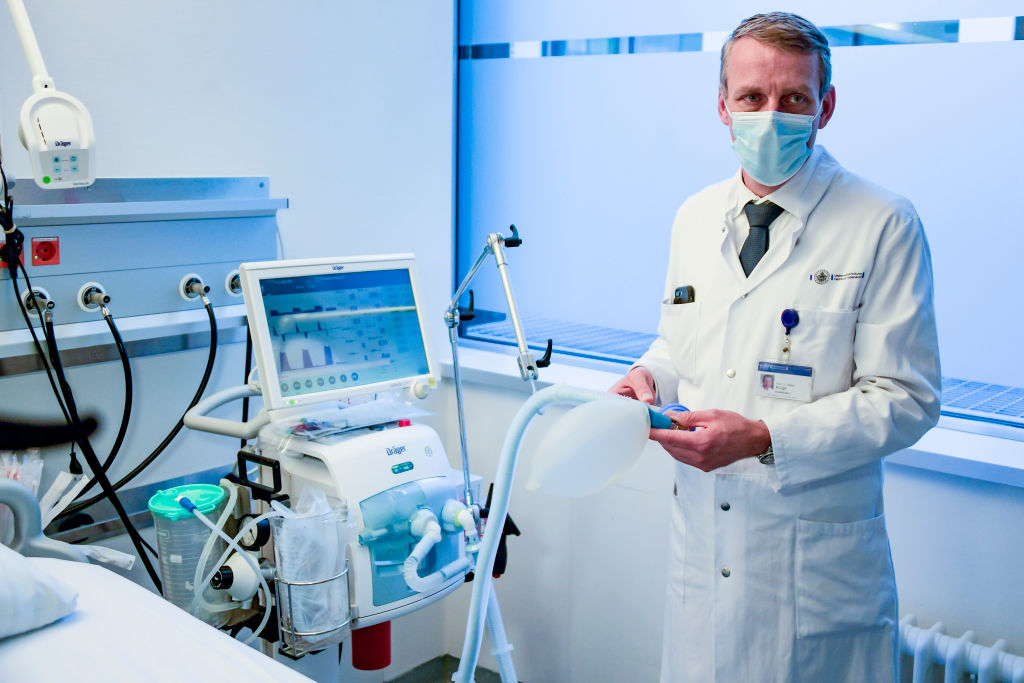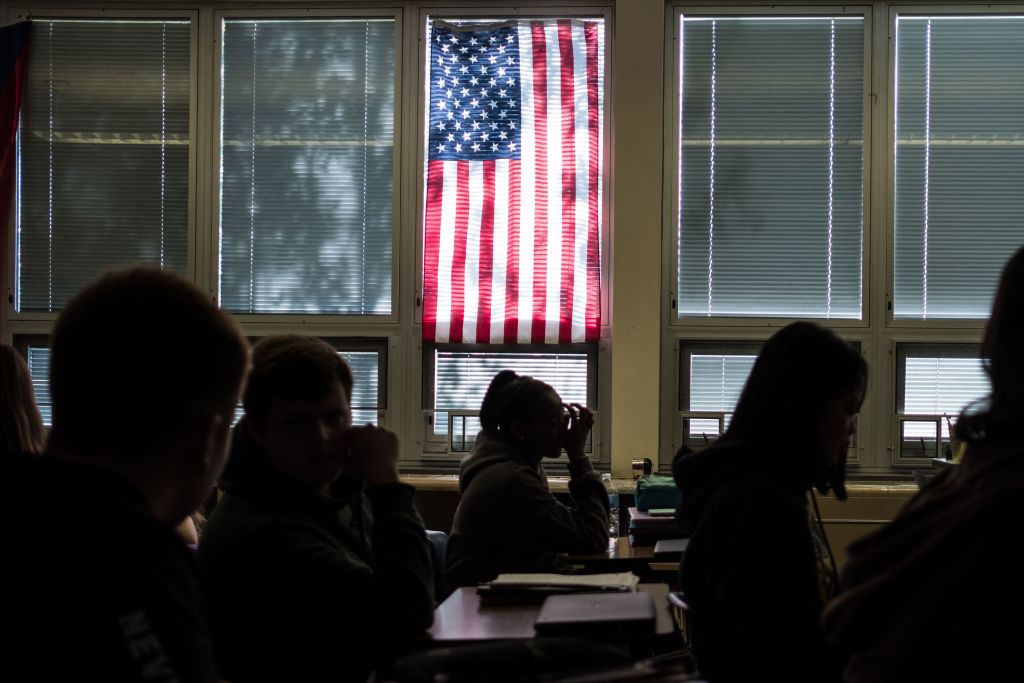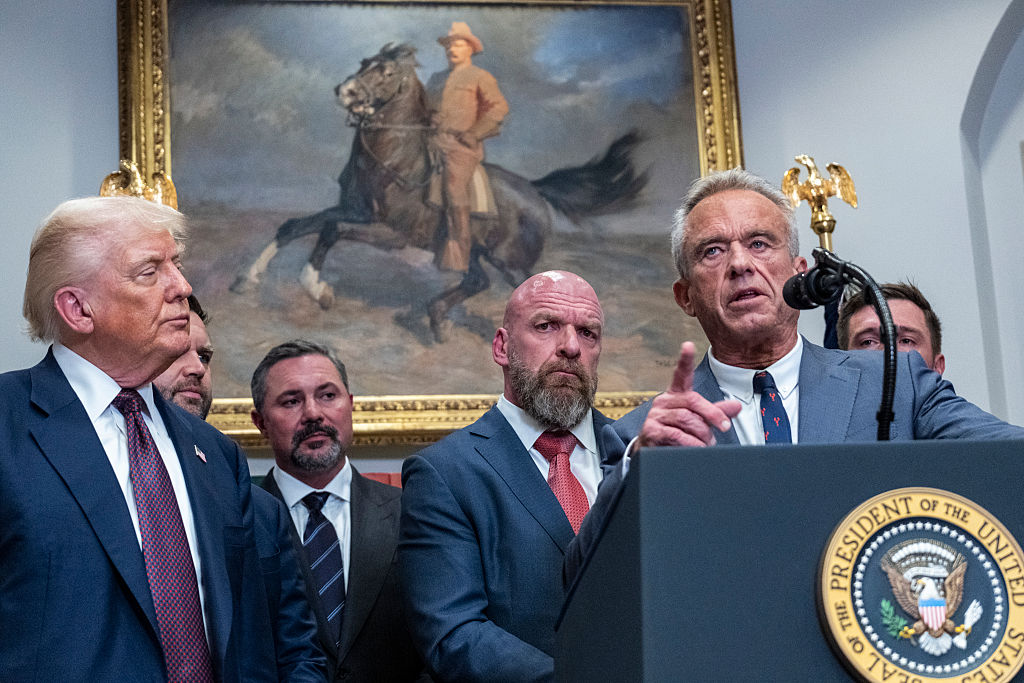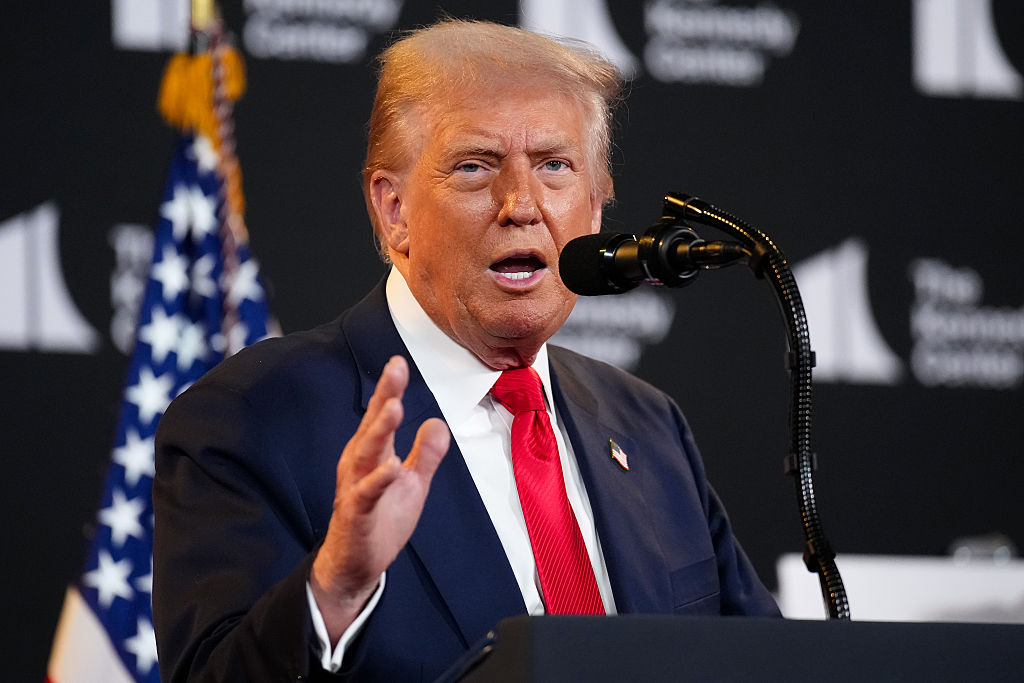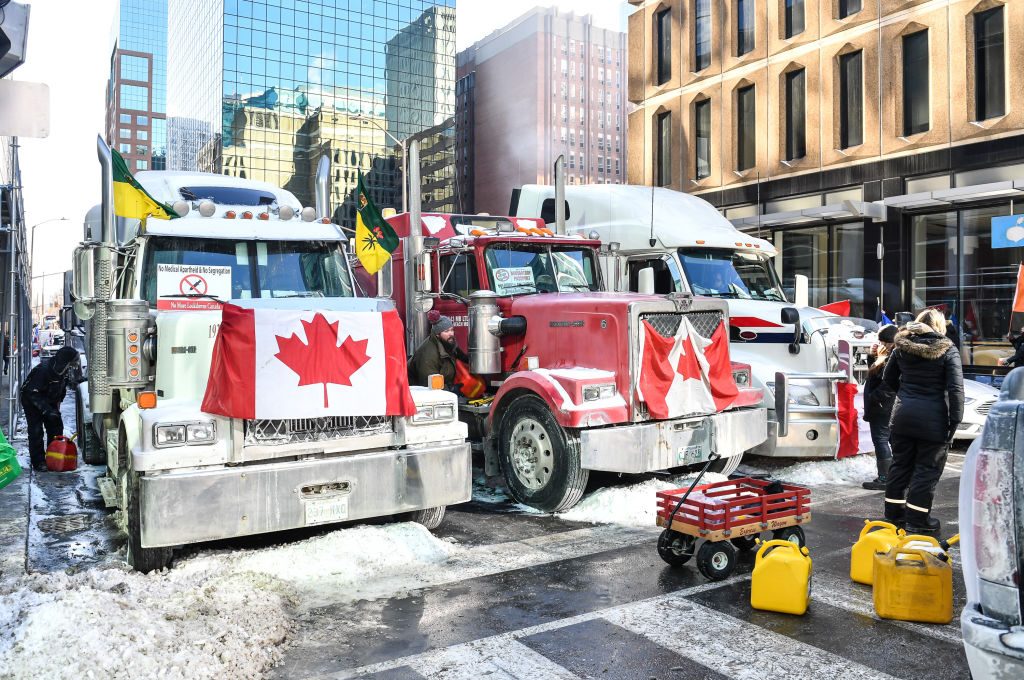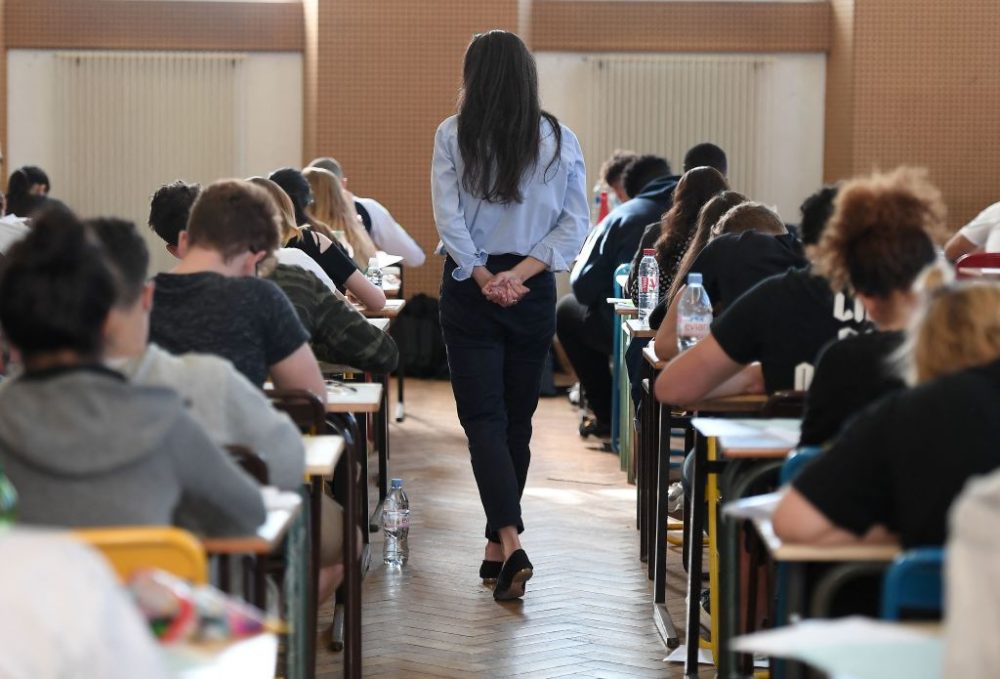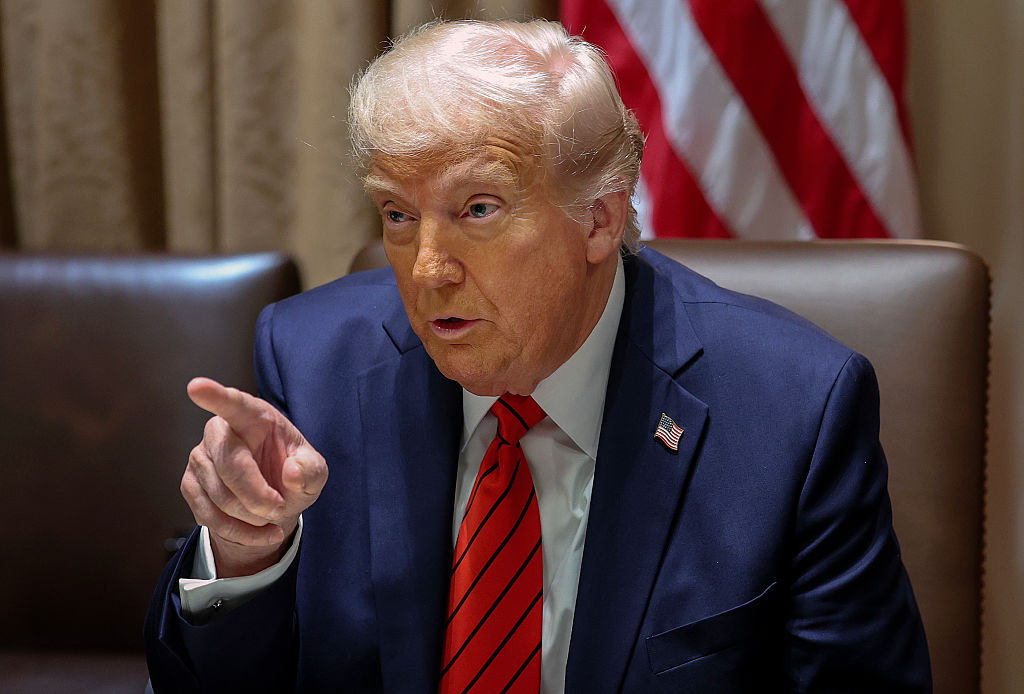‘More ventilators!’ cried the journalists on Twitter. ‘Yes, more ventilators!’ replied the politicians. ‘Where are the ventilators?’ demanded the journalists, now screaming on television. ‘Yes, even more!’ replied the government, somewhat nonsensically.
I am a critical care physician, specializing in the use of such machines. I’m flattered by all the attention our tools are receiving. But I fear the current clamor reminds me of nothing so much as the panic buyers of toilet-paper stampeding over each other in early March. When the history of the COVID-19 pandemic in the Western world is written, I do not believe ‘massive ramp-up of ventilator manufacturing,’ will be credited with our deliverance. Let me explain why.
Ventilators do not cure any disease. They can fill your lungs with air when you find yourself unable to do so yourself. They are associated with lung diseases in the public’s consciousness, but this is not in fact their most common or most appropriate application.
There are many reasons a person might not be able to fill their lungs with air. Undergoing a major abdominal surgery under general anesthesia is perhaps chief among them. Other causes of coma, like drug intoxication or head trauma, also necessitate mechanical ventilation. While some neurological disorders, such as Guillain-Barré syndrome or polio, leave a person awake, but too weak to work the bellows of the lung (the diaphragm.) In all of these cases, the ventilator pushes fresh air containing oxygen into healthy lungs which can transmit the oxygen to the bloodstream.
Conversely, when a person has a severe lung problem, you might imagine that some proportion of their lung tissue continues to receive air when they breath, but fails to transmit this oxygen to the bloodstream. To compensate for these malfunctioning bits of lung tissue, the person breathes harder and faster, as though they were running a marathon.
You can only run a marathon for so long before those same bellows of the lung fatigue, and eventually fail. My job is to identify those folks before their lungs stop working, and to put a plastic tube down their windpipe, hooking it up to a ventilator to do their breathing for them. This drastic step is generally predicated on the hope that I can do something to treat their lung problem and liberate them from their ventilator dependence within a few days. This might typically involve antibiotics for a bacterial pneumonia, or anti-inflammatories for asthma.
Clinical trials of new and old medications are ongoing. But right now, I am sorry to say there is no proven treatment for COVID-19 infection. It is therefore at least conceivable that putting patients on ventilators for COVID-19 pneumonia could be a bridge to nowhere.
Now of course, hope springs eternal. The patient may recover on their own while we keep them alive with our machines. But this is not a risk-free wager. Dr Paul Mayo, perhaps New York City’s most illustrious critical care doctor expressed the risks pithily: ‘putting a person on a ventilator creates a disease known as being on a ventilator.’
When we mechanically blow air into your damaged lungs faster and harder than humanly possible, ventilator-induced lung injury may result. Generally, for a person to tolerate the undertaking, we have to sedate them, leading to immobility and severe weakness. While sedated, the person cannot cough or clear their airway effectively, leading to superimposed bacterial pneumonia.
This is an awful lot to survive. And in the case of COVID-19, the preliminary outcome data is rather dismal. On Monday, the New England Journal of Medicine published a case series of very ill COVID-19 patients in Seattle with data up to March 23: of the 20 patients who went on a ventilator, only four had so far escaped the hospital alive. Nine had died. Three remained in suspended animation, going on three or four weeks of ventilation. Four escaped the ventilator but remained in hospital.
There has never been a placebo randomized control trial of putting people on ventilators versus letting them struggle on. We therefore do not, strictly-speaking, know whether those who survive their time on ventilator may have survived anyway, or whether some would-be survivors died because they were committed to a ventilator.
There will never be such a trial. Sometimes we feel that a person will definitely die immediately if a mechanical ventilator is not applied, and therefore nothing can possibly be lost in the attempt. But mission-creep affects us all. Every clear-eyed critical care doctor will admit that we sometimes ventilate people more out of wishful-thinking, desperation, or fear of lawsuit, than scientifically-based hope for recovery.
I spoke with Dr Mayo because, as a New York City critical care doctor, he really is in the belly of the beast as far as this pandemic goes in the Anglosphere. (Also, as he is currently home sick with COVID-19, he had plenty of time to talk.) He described increasing pressure from hospital administrators, throughout the city, to put COVID-19 patients on ventilators earlier than would otherwise be recommended. The administrators believe that hooking COVID-19 patients up to a closed-circuit breathing apparatus (i.e. the ventilator) may decrease their infectivity to hospital staff. But does this mean we have the patient’s best interests at heart in hooking them up to a ventilator?
To put it simply, we do not know how many lives ventilators could or will save. It seems that at least two-thirds of attempts to stave off death with their use will fail in the short term. Of the remaining third, we do not know how many will be successful in the medium or long term. This doesn’t quite seem like a convincing rationale to shut down the economy, redirect previous manufacturing output towards ventilators and suspend civil liberties to give us more time for the attempt. And those bemoaning the government’s failure to demand more and more ventilators should pause for a moment and ask themselves whether that is really the right solution.
Matt Strauss is the former medical director of the critical care unit at Guelph General Hospital, Canada. He is now an assistant professor of medicine at Queen’s University. This article was originally published on The Spectator’s UK website.



